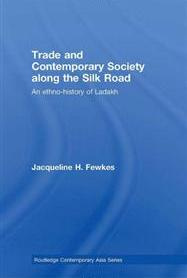Ladakh in the Twentieth Century
by
Dr. Sudhir S. Bloeria
Vij Books India Pvt Ltd
New Delhi (India)
First Published in India in 2021
Published by
Vij Books India Pvt Ltd
(Publishers, Distributors & Importers)
2/19, Ansari Road
Delhi 110 002
Phones: 91-11-43596460, 91-11-47340674
M: 98110 94883
e-mail:
Web : www.vijbooks.com
Copyright 2021, Sudhir S Bloeria
ISBN: 978-93-89620-82-5 (Hardback)
ISBN: 978-93-89620-83-2 (Paperback)
ISBN: 978-93-89620-84-9 (ebook)
All rights reserved.
No part of this book may be reproduced, stored in a retrieval system, transmitted or utilized in any form or by any means, electronic, mechanical, photocopying, recording or otherwise, without the prior permission of the copyright owner. Application for such permission should be addressed to the publisher.
The views expressed in this book are of the author in his personal capacity.
Dedicated to the memory of
Rigzin Namgyal Kalon (9th Dec. 1923 8th Apr. 2002)

M y association with Ladakh and knowledge about few places there started quite late in life; in fact till after completing my college and joining the Officers Training School, Madras I was ignorant about the place. It was there that for the first time one heard of a place situated in the region; and I have graphically described this in the Preface of my first book as, Zojila, I heard this name for the first time in July 1965 while undergoing pre-commission training in the Officers Training School Madras. We cadets were grouped into four companies, each named after a famous battle. Mine was Zojila Company. Our Company Commander belonged to 4 RAJPUT, one of the battalions which had taken part in the famous operations in that area in November 1948. He gave us a talk on those operations, but being raw soldiers we understood very little of it Seven years later, I left the army and joined the civil service, and got my first posting as Sub-Divisional Magistrate, Kargil. Before taking up the new assignment I read a number of books on Ladakh which provided sufficient information about the region, including the campaigns of Zorawar Singh and the battles fought in that area during 1947-48. My first journey over Zojila, on the way to Kargil, was memorable. Awe-inspiring massive cliffs rising sharply on both sides of the defile almost cast a spell on the travellers passing through the Zojila. Over the years I have had the experience of traversing over this fabled pass in different modes of transport and also on foot; in extremely pleasant weather and under very difficult conditions of snow blizzards and howling winds. I stayed in Kargil, then a subdivision of Ladakh district for two harsh winters; from July 1974 to February 1976.
It was here that I first heard of Rigzin Namgyal Kalon, as a leading light of the entire region he was almost a legend in his lifetime, and during that period he was actively engaged in encouraging the local Leh area farmers to grow surplus vegetables and sell these to the army at negotiated price and terms. The twin aim was as it appeared to me at that time, and later confirmed by him that the army would get fresh vegetables during the winter months at reasonable rates and the local growers also got suitably benefited. As a young and keen person, on his first assignment, I was interested in trying to follow this example and made efforts to motivate the local Agriculture officers and farmers in this regard and get them ready to grow and sell surplus vegetables to the army garrisons in the Kargil area through a cooperative societies network. This required lot of groundwork of first persuading the farmers to grow some surplus vegetables of identified varieties; then providing them with necessary inputs and finally organizing Cooperative Marketing Societies so that middle man is removed and the grower gets maximum benefits from his produce. The planning and preparations for this initiative started well in time, in the month of September, so that in the next working season, during the summer months of 1975, a modest beginning could be made of selling potatoes etc. to the army worth two lakh rupees.
Kalon Sahib, as the secretary of the Leh Vegetable Marketing Society, must have heard about this lead on our part and rang me sometimes towards the end of December; expressed his happiness about these tentative steps by the local farmers and also wanted details of the goods that we could offer to the army, so that he could prepare and discuss with the local army headquarters in Leh a consolidated list of the entire region. I was highly impressed that this person, on whom the Kargil farmers would be depending on for various marketing services and liaison with the army, himself rang up and showed keen interest in our scheme. That created a very positive impression in my mind. I had a more substantive chance to work closely and interact happily with him during my next tenure in the area as the Development Commissioner, Ladakh from October 1978 to February 1981. This was the period that I saw him more closely and carried much positive image of his imposing personality, downright humility and consistent efforts to keep away from the field of politics and this in spite of very considerable following among the Ladakhi masses in general and the local farmer community in particular. He would always consider himself as a farmer; first and last, based on his large landholdings in Leh and Nubra regions of Ladakh; which he managed very competently and efficiently. He was ever a notable facilitator in the welfare schemes aimed at improving the condition of locals; being particularly keen on increasing income of the local farmers and extending greater benefits to them. Together we would negotiate with the local and higher army authorities; the ways and means of increasing the quantum and variety of farm products which could be sold to them any worthwhile deal which would be beneficial to both sides in terms of money as well as diversity; vegetables, fodder, milk and the like. During my stay in Leh, I learnt a lot about him.
I gathered that Kalon Sahib, an icon personality in his lifetime, was born on December 9, 1923. Before 1947, he had travelled extensively in Ladakh and outside; generally with his flocks as also on business trips, to the Northern and Eastern extremities of the region often also crossing over to the Tibetan territory as the borders were neither well-marked nor sufficiently patrolled by the security forces of either side then. He really came into his own, literally bloomed, during the darkest period in the history of Ladakh when the tribal raiders from Pakistan invaded the region; which was practically undefended, from Gilgit and Skardu side. Panic was then the predominant feeling in the entire area, from the beginning of 1948 till the very end of that year, and the Pakistani intruders had once reached the village Taru, hardly 20 kilometers away, practically on the outskirts of Leh town. Under his inspired leadership, also that of his father and a handful of community elders, the local residents appealed to Jawahar Lal Nehru and Sheikh Mohammad Abdullah to send help for the beleaguered population. Without waiting for the arrival of the Indian Army which started coming in gradually from the beginning of June 1948 he raised a voluntary force of over one thousand strong to defend their homes and hearths in and around Leh and Nubra regions. These people were imparted rudimentary training in handling arms and explosives and then deployed in defensive positions to first secure the main town of Leh and then go on the offensive in this and Nubra sectors. He and his volunteer scouts not only succeeded in halting the enemy advances but were also instrumental in boosting morale of the general masses both Buddhists and Muslims persuading them not to leave their homes in and around Leh. In fact, Kalon Sahib has been well regarded as the most important personality responsible for defending Leh, during those hopeless days and weeks of 1948, due to his personal courage, optimistic attitude and practical vision. Kalon Sahib also provided free provisions to the local scouts, raised by him, from his own grain stores for months together. He was undoubtedly a moving force to ensure communal harmony in the region as well as provide safety and security to the Muslim population of the area.


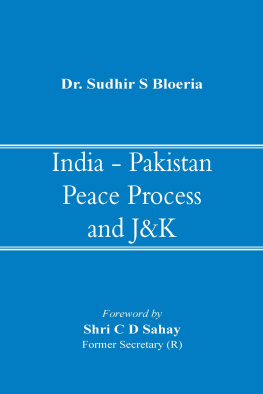


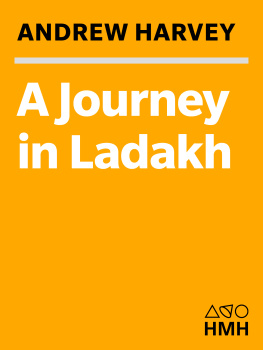
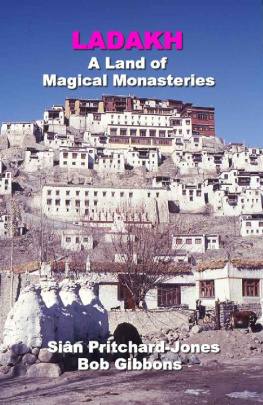
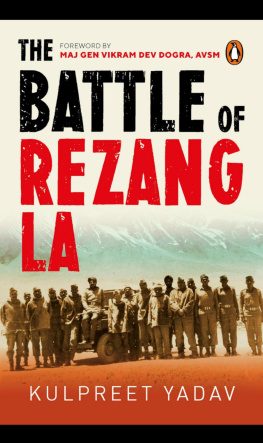
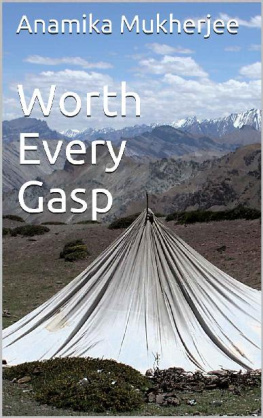
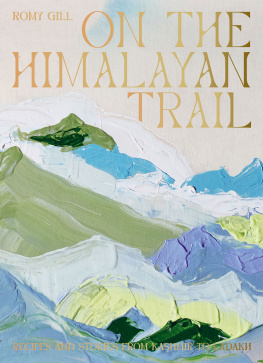
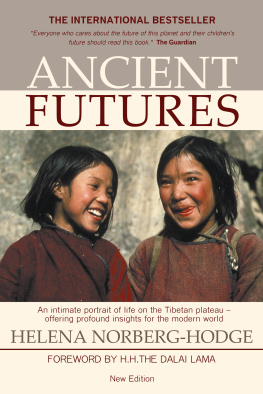
![Keith Bain - Frommers India [2010]](/uploads/posts/book/43617/thumbs/keith-bain-frommer-s-india-2010.jpg)
